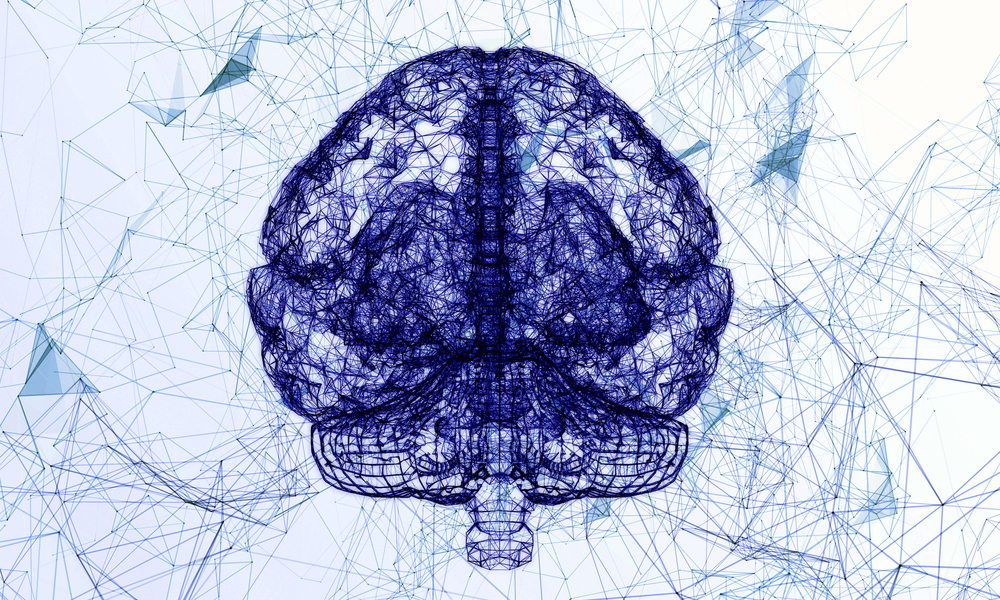Study Links Structural Changes in Brain to Behavioral Problems in PWS Patients

Structural changes in a brain region called the cerebellum are associated with behavioral problems in people with Prader-Willi syndrome (PWS), according to a study in Japan.
The findings provided, for the first time, strong evidence supporting the cerebellum as a key contributor to impaired brain connectivity and behavioral issues in PWS patients.
The study, “Cerebellar Volumes Associate with Behavioral Phenotypes in Prader-Willi Syndrome,” was published in the journal The Cerebellum.
While the most notable behavioral feature of PWS is an insatiable appetite, patients often have autism spectrum disorder, obsessive compulsive disorder, anger outbursts, and intellectual disability. All contribute to a harder adaptation to new or difficult circumstances.
The mechanisms underlying such issues are not fully understood, but research suggests that early changes in brain structure may play a role.
Previous studies found that PWS patients have developmental abnormalities in several brain structures, associated with impaired brain connectivity. However, information on the potential contribution of the cerebellum in PWS is still limited.
Located at the back of the brain, the cerebellum is involved in both motor and non-motor functions. Executive function, spatial cognition, and language and affective processing are among functions unrelated to muscle control. Notably, executive function refers to the adaptation to non-routine situations and regulation of goal-directed actions.
Changes in the cerebellum have been linked to a number of psychiatric disorders, including cerebellar cognitive affective syndrome, attention deficit, autism spectrum disorders, and schizophrenia.
Researchers at the Center for Integrated Human Brain Science at University of Niigata, in Japan, evaluated whether possible developmental abnormalities were linked to behavioral problems in people with PWS.
They used a particular method of MRI to analyze the volume of the whole cerebellum and its domains in 21 PWS patients (14 males and seven females), with a median age of 21 years (range: 13–50), and in 40 age- and sex-matched individuals with typical development used as controls. All participants were recruited in Japan.
Behavioral problems were assessed through validated measures in 12 PWS patients and 13 controls. Such problems included insatiable hunger, autism-spectrum disorder, obsessive behaviors, intellectual deficit, and impaired adaptive behaviors.
Results showed that people with PWS had a smaller cerebellum than individuals with typical development. Specifically, PWS patients showed a significant volume reduction in the posterior inferior areas (which play a role in fine motor control) and increased volume ratios in the dentate nuclei — the largest clusters of neurons in the cerebellum — compared with controls.
The decrease in cerebellar volume was largely not associated with a drop in whole brain volume, but was linked with a reduction in nerve cells, suggesting that brain structural changes in PWS patients are specific to certain brain areas and functions.
Further analysis showed that structural changes were significantly associated with different behavioral problems. Lower volume in distinct cerebellar domains was associated with more severe hyperphagia and autistic characteristics, while both obsessive and intellectual characteristics were linked with higher or lower volume depending on cerebellar area.
“This study clearly demonstrates that global and local volume differences indeed exist in cerebellar structures in individuals with PWS,” the researchers wrote, adding that such structural changes are “highly consistent with the domains that reflect the developmental behavioral characteristics of PWS.”
“The significant correlation between volume differences and each behavioral variable indicates that cerebellar developmental abnormalities are produced in a [domain]-dependent manner,” they added.
Overall, the findings also suggest that structural changes in the cerebellum contribute to impaired brain connectivity in PWS patients. This should encourage further research focusing on the cerebellum as a crucial structure behind PWS-associated behavioral symptoms, the scientists said.
Yet, larger studies are needed to confirm these associations and better understand the underlying mechanisms of behavioral problems in people with PWS, they noted.






